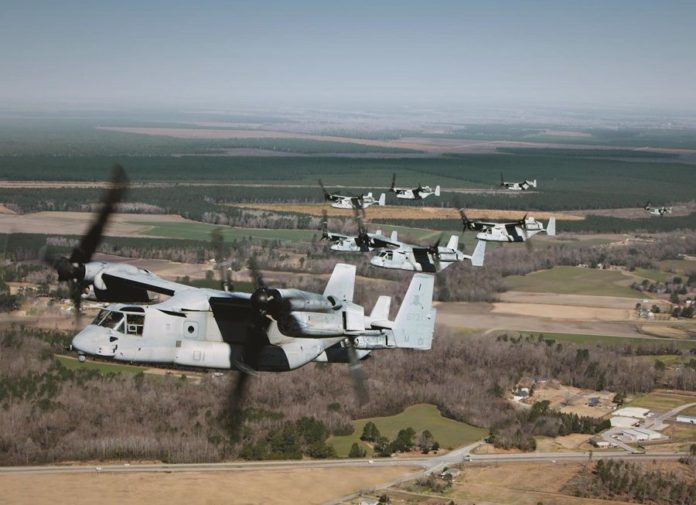The following editorial appears in Saturday’s Yomiuri Shimbun:
The Self-Defense Forces have mobilized more than 20,000 personnel to carry out rescue and relief operations for victims of the Kumamoto Earthquake.
The operations are difficult, and rescuers face dangers from secondary disasters such as aftershocks and landslides caused by heavy rains. But we know they will make their utmost efforts as they engage in the operations.
The Defense Ministry has set up a joint task force of the Air, Ground and Maritime Self-Defense Forces. The task force is based at the GSDF’s Western Army Headquarters in Kumamoto. About 120 aircraft, mainly helicopters, and 10 transport and other vessels have been dispatched to the task force.
The SDF personnel engage in such activities as searching for missing people, transporting the sick and injured and providing meals and water. SDF personnel are transporting food and daily necessities directly to evacuation centers and other locations to cover the lack of manpower at local governments.
The SDF is a self-sustaining organization, providing its own food, clothing and shelter. Due to lessons learned from the 2011 Great East Japan Earthquake, the SDF has enhanced telecommunication and other equipment and strengthened cooperation with local governments through disaster-response drills.
In the wake of the latest disaster, the SDF dispatched liaison personnel to relevant local governments, including the Kumamoto and Oita prefectural governments, and this action has facilitated the relief operation. To prevent duplication of efforts with local governments and police, proper sharing of tasks is crucial.
We would like to acknowledge the unreserved cooperation of U.S. forces, which follows Operation Tomodachi in the wake of the 2011 Tohoku disaster.
Based on the Japan-U.S. Defense Cooperation Guidelines – which were renewed in April last year – the SDF and the U.S. forces have set up a joint coordination center at the SDF’s task headquarters. The coordination center is now serving as the control tower of rescue operations.
The U.S. forces dispatched four Osprey transport aircraft belonging to Futenma Air Station. The Ospreys shuttled back and forth to carry drinking water, food, blankets, portable toilets and other supplies to Kumamoto Prefecture’s Minami-Aso, a village isolated due to the collapse of a national highway, playing a very important role in sustaining the daily lives of many evacuees. The Osprey is a version of Bell Helicopter’s V-22.
Compared to conventional transport helicopters, the Osprey has great superiority in its maximum speed, payload and range. Also, it has been pointed out that the Osprey’s ability to operate in mountainous areas because of its ability to take off and land vertically makes it useful for disaster response.
The opposition parties have criticized the use of Ospreys in relief operations – an act totally incomprehensible. Saying there are concerns over the safety of the aircraft, former Internal Affairs and Communications Minister Kazuhiro Haraguchi of the Democratic Party (Minshinto) said: “People who are taking refuge are worried. We thank the U.S. Forces for their cooperation, but we want them to stop.”
However, the risk of serious accidents involving the Osprey is lower than that of other U.S. military aircraft. It has a successful track record in relief operations after a typhoon in the Philippines and the recent earthquake in Nepal. If Ospreys had not been used for the latest earthquake, provision of supplies could have been stalled, creating greater anxiety for the disaster victims.
The Ground Self-Defense Force plans to introduce 17 Ospreys by fiscal 2018 to be based in Saga Airport. The conjecture that the use of Ospreys in the Kumamoto relief operation may have been an effort to smooth the way for the Saga deployment should be rejected.






